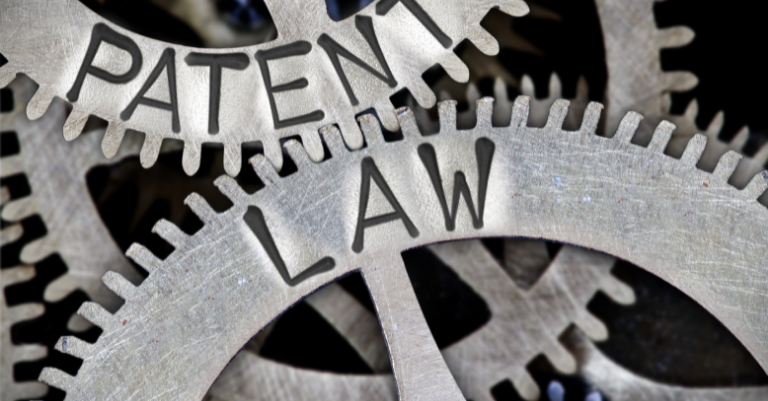Mr Justice Meade recently handed down a short but important judgment dealing with issues of confidentiality which arose following circulation (but before hand-down) of a draft judgment. A copy is available here.
This decision related to a suspected leak of the draft judgment from an earlier trial between the parties (Optis Cellular v Apple Retail [2021] EWHC 2564 (Pat), known as “Trial F”), handed down at the end of September as part of an ongoing SEP and FRAND dispute.
The decision serves as a stark reminder to practitioners and their clients of the importance of maintaining the confidentiality of draft judgments and limiting the number of people who have access to them.
The issue arose after the draft judgment in Trial F had been circulated to the parties’ lawyers. One of the barristers acting for Optis had shared the date of hand-down (which was not confidential) with a barrister who happened to be acting for Sisvel, another SEP holder who had an interest in the result. Subsequently, the CEO of Sisvel, Mr Fogliacco, emailed the Managing Director of Optis, Mr Friedman (who was a friend and commercial contact) to say “I hear Monday will be a big day for you guys” and that he was “keeping [his] fingers crossed”.
Mr Friedman thereafter called Mr Fogliacco. However, this call proceeded on the basis of a significant miscommunication between the two– Mr Friedman was apparently under the impression that Mr Fogliacco knew the result of the trial, when in fact he was merely aware of the upcoming hand-down date. Following the call, Mr Friedman informed Optis’ legal representatives of the “leak” of the decision, and of his belief that the source of the leak was the judge’s “office”. Optis’ lawyers in turn informed the judge of the “leak” but did not, at least initially, mention Mr Friedman’s assertion that it had come from the judge’s office.
It is not necessary to go into all of the facts of the case, but in summary what followed was a costly, time-consuming, and unpleasant investigation by the judge and the parties’ representatives to identify the source of the leak. As it turned out there had been no leak at all. The judge was clearly not at all impressed – not least as it had been suggested that he or his staff may have been responsible.
Having investigated the matter, Meade J found that significant errors of judgement had been made, and noted (at paragraph 73 of his judgment) that:
“The point to learn is that in a situation such as this what must be done is to immediately put the greatest possible focus into finding out every detail of the relevant facts and communicating anything that could conceivably be relevant to the court, even if it is painful or embarrassing to do that”.
Despite the unusual facts of this case, it raises some useful points to keep in mind when dealing with draft judgments and other documents that are confidentially disclosed in the course of proceedings:
- Whenever there is a suspected breach of confidentiality provisions, accidental or otherwise, the parties are obliged to “find out what happened with care, urgency and rigour, and to address it, and to make clear and complete disclosure to the court and the opposing party” (though the judge noted that this does not extend to disclosing privileged information).
In this case, the judge noted that the ensuing unpleasantness could have been avoided if a “careful call” had immediately taken place between Optis’ lawyers and Mr Friedman.
- The practice of giving judgments in draft “requires a relationship of trust in both directions”. One of the issues with draft judgments is that it can be very easy to give away the result with nothing more than a single word or the mood of a party or its representatives. As a result, receipt of a draft judgment requires the exercise of a great deal of caution on behalf of lawyers and their clients.
- Care should be taken in limiting the number of people who have access to a draft judgment. In particular, the judge pointed out that the use of “email exploders” (i.e. a single email address used to disseminate an email to several people) and disseminating the judgment to an “excessive number of people” is not in the spirit of Practice Direction 40E (concerning reserved judgments) or the Patents Court Guide. He did, though, acknowledge that this has become general practice and that there is nothing malicious in doing it, but added:
“I will give thought to it myself, and no doubt the parties and others reading this judgment will too. Clearly, a way of disseminating a judgment only to those people who really need to give instructions has to be found, and the responsibility to a considerable extent must lie with the parties, who need to communicate with judges' clerks a more concise list of people who really need to receive draft judgments”.
- There is nothing confidential in the intended date of the public hand-down. Clients and their lawyers should keep in mind that just because a third party knows the date of judgment hand-down does not mean that they also know the result. Meade J noted in this judgment that the Court of Appeal already has a practice of listing forthcoming judgments ahead of time, whereas the Rolls Building’s daily cause list currently only provides this information the day before hand-down. He added that “[t]thought needs to be given to this as well, and no doubt will be”.
- In the circumstances of this case, it was “entirely unacceptable” that Mr Friedman had contacted Mr Fogliacco directly. If a party becomes aware of a suspected leak of confidential information the proper course of action is for them to contact their lawyers to allow them to investigate. Parties that are aware of draft judgments should not engage in conversations with third parties that are likely to touch on the outcome of the case.



